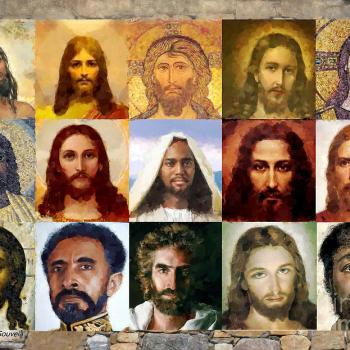
In my work for Harmony Interfaith Initiative, I am constantly reaching out to places of worship, offering them our free program called Working Together Towards Harmony. As one would expect, I get mixed responses. However, I’ve been surprised by one response that I did not anticipate. In hindsight, maybe I should have.
The Gist
Here is what the gist of the response sounds like: “We are in complete harmony with each other here at the [church, temple, synagogue] and would welcome any and all to come and worship with us. We see no need to engage in interfaith efforts at this time.”
Reading between the lines, one could interpret the response this way.
“We are okay. It’s not us, it’s them.”
Broader Implications
Maybe that is at the heart of the problem. No one thinks that they are to blame. No one is willing to accept responsibility and try to bridge the divides. Of course, when I say ‘no one’ I am exaggerating, but not by much.
Think about it. Liberals think that conservatives are to blame for the ill will that exists between them, and conservatives think liberals are to blame. Christians think that Muslims are to blame and vice versa. The list goes on. Even interfaith activists think that those who refuse to participate are to blame.
We Are All Implicated
In his interreligious principles, Dr. Leonard J. Swidler points out that those who engage in interfaith dialogue need to be, “minimally self-critical of both themselves and their own religious or ideological traditions.”
Instead of approaching dialogue with ideological purity and blind certainty, we are encouraged to be humble and acknowledge that we may be partly at fault for the division that exists. The divides may not exist because of our ill will or any kind of malice. Maybe our fault simply lies in an unwillingness to see the division that already exists.
Quick Unscientific Survey
After a recent lecture that I held at a Buddhist temple, a man approached me who kept asking the same question over and over. “What can I say to make them change their minds?” His question assumed that they were wrong and he was right.
Soon thereafter, I did a quick unscientific survey of the people around me and found that this was the prevailing attitude—although not always pronounced that way. Almost every answer I got about why such divisions existed started with words like, “If they could only see…” or “What people don’t understand is…” In short, every response was a form of, “It’s not us, it’s them.”
If I am being completely honest, it’s a sentiment that even I have to wrestle with in myself every now and then, although I am committed to the interfaith process of trying to build bridges.
Living Together Peacefully
Interfaith activities are not about changing other people’s theologies and ideologies. They are about creating human connections and showing that despite different ideologies we can live together in society without posing a threat to one another. We can live together in peace, even if we disagree on certain things.
If I live peacefully with my family and faith community, there will nonetheless be those who disagree with me. I believe that it is my responsibility to reach out to them and show them that I pose no threat. I can be a bridge builder even if I am not the one creating the acrimony.
So, instead of saying, “It’s not us, it’s them,” maybe we can start asking, “What can we do to build bridges?”
Gudjon Bergmann
Interfaith Minister, Author, and Speaker
Founder of Harmony Interfaith Initiative
Follow me on Facebook and Twitter
Picture: Pixabay.com CC0 License
















